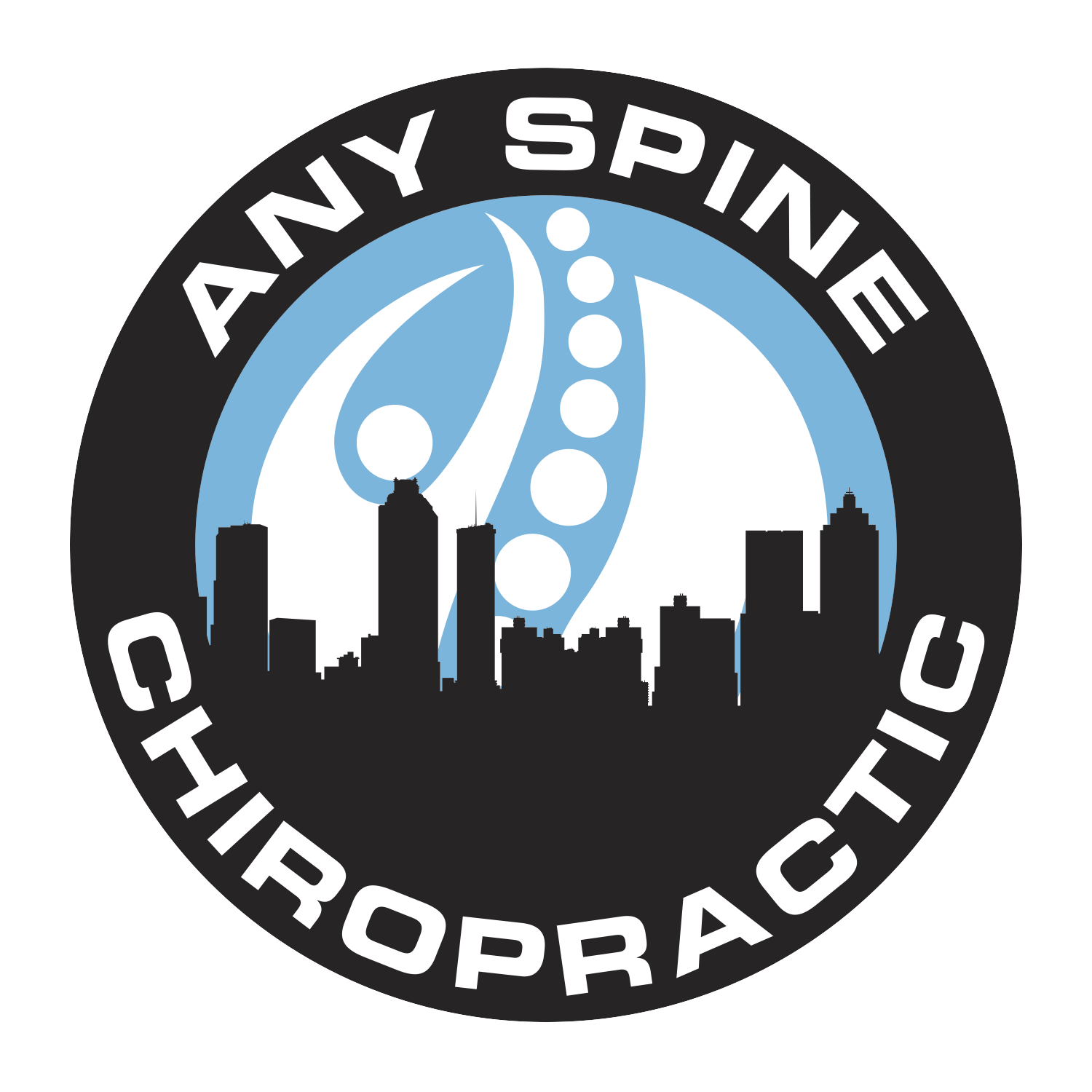Chiropractic Care: Your Solution to Back Pain Relief
Are you one of the millions suffering from back pain? Statistics show that chronic back pain affects about 31 million Americans, impacting daily activities and overall quality of life. This article explores how chiropractic care can provide relief, focusing on its role in managing conditions like scoliosis and issues related to connective tissue. Readers will learn what to expect during sessions, the benefits of treatment, and real success stories from those who have found relief. This information aims to guide individuals seeking effective solutions for their back pain.
Key Takeaways
- Back pain can significantly affect daily activities and mental well-being
- Chiropractic care focuses on spinal alignment to alleviate back pain effectively
- Personalized treatment plans enhance recovery and address specific patient needs
- Ongoing chiropractic sessions help prevent future back problems and promote overall health
- Evidence supports chiropractic techniques as safe and effective for pain management
Understanding Back Pain and Its Impact on Your Life

Back pain commonly results from injury, poor posture, or degenerative conditions, limiting one’s range of motion. It significantly impacts daily activities, making simple tasks challenging. Chronic pain can also impose emotional and mental strain, leading to reliance on opioids for relief, as noted by the National Center for Complementary and Integrative Health. Research, including randomized controlled trials, highlights the importance of addressing these factors for effective back pain management. For those dealing with such discomfort, exploring options like lower back pain help might provide some relief.
Common Causes of Back Pain
Back pain can originate from various factors, with common causes including injury, poor posture, and certain diseases such as arthritis. Additionally, weak muscles in the arms and back can lead to chronic pain, making movement difficult and affecting quality of life. Clinical trials have shown that manual therapy can be an effective treatment option, helping individuals regain mobility and manage pain more effectively.
- Injury and accidents can trigger sudden back pain.
- Poor posture contributes to long-term discomfort.
- Diseases like arthritis impact joint health.
- Weak muscles in the arms may exacerbate pain.
- Clinical trials support manual therapy for relief.
How Back Pain Affects Daily Activities
Back pain can significantly hinder daily activities, making tasks such as bending, lifting, or even sitting uncomfortable and challenging. Individuals may also experience radiculopathy, where nerve pain radiates down the legs, further complicating simple movements. As a result, many turn to a clinic for assistance, seeking non-invasive treatments like electrotherapy, which reduces pain and can lower the risk of more severe interventions, such as surgery. Addressing these issues early with chiropractic care not only alleviates pain but also enhances overall functionality.
The Emotional and Mental Strain of Chronic Pain
The emotional and mental strain of chronic back pain can be profound, often leading to feelings of frustration and anxiety. Patients frequently undergo various evaluations, including magnetic resonance imaging, to identify the source of their pain, but the search for relief can feel endless. The experience of adverse events, such as side effects from medication or the risk of infection from invasive procedures, may further complicate their journey, emphasizing the need for a holistic approach to treatment. Chiropractic care offers a non-invasive solution, focusing on restoring function and reducing pain without the complications associated with more aggressive interventions.
Back pain can weigh heavily on daily life, limiting mobility and shaping moods. Chiropractic care offers a path to relief, addressing the roots of discomfort and restoring balance to the body.
The Role of Chiropractic Care in Back Pain Relief

Chiropractic care promotes effective back pain relief by focusing on aligning the spine to alleviate discomfort. Health professionals utilize chiropractic techniques to enhance mobility, thereby improving overall quality of life. As an alternative to invasive procedures such as spinal fusion, chiropractic treatment addresses the rising concerns related to the opioid epidemic, providing patients with a safe path toward recovery.
Principles Behind Chiropractic Treatment
The principles behind chiropractic treatment focus on the alignment of the spine and overall musculoskeletal health to alleviate back pain. Chiropractors utilize manual adjustments and other techniques to correct misalignments, enhancing mobility and reducing discomfort. This approach not only addresses physical pain but also considers mental health, as chronic pain can lead to emotional distress, creating a cycle that may impact overall well-being. While rare, concerns such as bone fractures or stroke can be associated with manipulations; however, when performed by a qualified professional, chiropractic care aims to minimize risks and enhance recovery without conflict of interest.
Aligning the Spine to Alleviate Pain
Aligning the spine through chiropractic care plays a vital role in alleviating back pain for many individuals. Chiropractors perform spinal manipulation techniques, which restore proper motion and alignment, enhancing overall mobility. During a physical examination, they assess each patient’s unique condition, providing tailored treatment plans that may help avoid invasive procedures such as surgery, ultimately leading to improved health and functionality.
Enhancing Mobility Through Chiropractic Techniques
Chiropractic techniques focus on enhancing mobility by addressing spinal alignment and nerve function, which are critical for overall health. A systematic review of studies in physical medicine and rehabilitation has shown that targeted chiropractic interventions can effectively mitigate symptoms associated with musculoskeletal syndromes. By paying careful attention to nerve pathways and restoring proper motion, chiropractors can help individuals regain their range of movement, thereby improving their quality of life. For more details, refer to chiropractic techniques.
Chiropractic care offers a path to relief that many find surprising. The next section reveals the key benefits that can change how people manage their back pain.
Benefits of Chiropractic Care for Back Pain Sufferers

Chiropractic care offers effective, non-invasive, and drug-free treatment options for back pain sufferers. This approach includes personalized therapy tailored to individual needs, addressing issues such as inflammation, hip pain, and headaches. Furthermore, ongoing chiropractic care helps prevent future back problems, ensuring long-term health and well-being. The following sections will explore these key benefits in detail.
Non-Invasive and Drug-Free Treatment Options
Chiropractic care provides non-invasive and drug-free treatment options for individuals suffering from back pain, focusing on natural healing processes. During an initial exam, chiropractors review the patient’s medical history and assess their condition based on evidence provided by organizations such as the American Chiropractic Association. This comprehensive approach allows chiropractors to develop personalized treatment plans that prioritize patient well-being and effectiveness, reducing reliance on medications while promoting long-term recovery.
Personalized Therapy Tailored to Your Needs
Chiropractic care emphasizes the importance of personalized therapy tailored to each patient’s unique needs. By assessing the alignment of the spine and understanding how it interacts with the central nervous system, chiropractors can develop targeted treatment plans that address specific issues, such as knee pain or leg discomfort. Additionally, integrating techniques like acupuncture can further enhance relief, providing a comprehensive approach that focuses on both physical and neurological aspects of pain management.
- Chiropractors assess patients’ spine alignment.
- Treatment plans are customized based on individual assessments.
- Addressing specific issues like knee pain enhances recovery.
- Incorporating acupuncture can further alleviate discomfort.
- Focus on both physical and neurological health for comprehensive care.
Preventing Future Back Issues With Ongoing Care
Ongoing chiropractic care plays a crucial role in preventing future back issues, particularly for individuals prone to low back pain or spinal fractures. By regularly assessing and correcting spinal alignment, chiropractors help optimize the function of the nervous system, which in turn promotes overall body health. This proactive approach, as part of alternative medicine, emphasizes maintaining musculoskeletal balance, making it easier for patients to engage in daily activities without the fear of recurring pain.
Chiropractic care provides relief, but understanding what happens in each session can enhance that experience. The next step reveals the process and what patients can expect, making the journey even more meaningful.
What to Expect During Your Chiropractic Sessions

During chiropractic sessions, individuals can expect a comprehensive initial assessment to identify the root causes of back pain. Clinicians focus on customized treatment planning that addresses varying conditions such as neck pain while ensuring efficacy. Progress tracking and adjustments to care allow for continuous improvements in health, ultimately reducing the risk of disability and highlighting the statistical significance of ongoing chiropractic intervention.
Comprehensive Initial Assessment
During the comprehensive initial assessment, chiropractors evaluate the patient’s specific needs related to back pain and other discomforts. This thorough examination includes questions about pain management strategies, medical history, and any previous injuries, particularly focusing on areas like the neck or potential muscle spasms. By understanding these factors, chiropractors can tailor therapy that minimizes reliance on medication while effectively addressing the source of pain.
- Evaluation of specific back pain and other discomforts.
- Assessment of medical history and previous injuries.
- Focus on strategies for pain management.
- Understanding potential muscle spasms and neck issues.
- Tailored therapy to minimize medication reliance.
Customized Treatment Planning
During customized treatment planning, chiropractors carefully assess each patient’s condition, incorporating elements of physical therapy and neurology to address specific pain issues. They may utilize tools such as the pain scale to understand the severity of discomfort and tailor their approach accordingly. Techniques like transcutaneous electrical nerve stimulation can also be integrated to enhance pain relief, ensuring each treatment plan is both effective and relevant to the individual’s needs.
Progress Tracking and Adjustments to Care
During chiropractic sessions, progress tracking and adjustments to care are essential components for effectively managing back pain. Chiropractors regularly assess muscle function and monitor the patient’s response to spinal adjustments, particularly in the lumbar region, to adapt treatment plans as needed. For instance, ultrasound may be employed to evaluate muscle healing and reduce discomfort associated with chronic conditions, ensuring patients receive tailored care aimed at enhancing their recovery. All of our backlinks come from authoritative publishers. We’ll secure the quantity you need and in the right time frame.
As patients finish their sessions, a hope grows within them. They begin to hear stories—real accounts of others who conquered their back pain through chiropractic care.
Success Stories: Overcoming Back Pain With Chiropractic Care

This section presents real-life testimonials and case studies that demonstrate the effectiveness of chiropractic care in overcoming back pain. By exploring various therapies, including osteopathy, and their success stories, readers will gain insights into how these approaches effectively relieve strain and reduce stress. These accounts showcase the transformative impact of proper treatment on individuals’ lives.
Real-Life Testimonials
Many individuals have found relief from back pain through chiropractic care, sharing personal experiences that highlight its effectiveness. For instance, a patient with osteoarthritis in the shoulder noticed significant improvements after a series of spinal adjustments aimed not only at the back but also at the related joint issues. These testimonials underline the importance of individualized treatment plans and the absence of serious adverse events, reinforcing the role of chiropractic methods in managing pain and enhancing overall mobility: shoulder pain from crossfit
- A patient experienced reduced stiffness and increased range of motion after several adjustments.
- Another individual reported a marked decrease in back pain associated with osteoarthritis.
- Many found that chiropractic care helped avoid the need for more invasive procedures.
- Patients emphasized the lack of serious adverse events compared to other treatment options.
- These personal accounts illustrate the value of chiropractic adjustments in achieving long-term pain relief.
Case Studies Highlighting Effective Treatments
Case studies have demonstrated the effectiveness of chiropractic care in managing back pain and associated issues such as stiffness and joint manipulation. In one instance, a patient with acute lower back pain reported significant improvement after undergoing targeted treatments aimed at restoring cartilage health and reducing pressure in the affected area. These real-life examples reveal how chiropractic practices can lead to greater mobility and relief from discomfort often experienced during daily activities.
Transforming Lives Through Pain Relief
Chiropractic care has transformed the lives of many individuals suffering from back pain, providing significant relief through targeted treatments that focus on soft tissue and spinal alignment. Patients have reported marked improvements in their daily activities, regaining the ability to engage in tasks they once found difficult. By addressing the root causes of pain and improving overall health care practices, chiropractic interventions not only alleviate discomfort but also enhance long-term well-being, allowing individuals to live fuller, more active lives.
Many have found relief and strength through chiropractic care. Now, the journey continues as they take important steps toward lasting comfort and a pain-free life.
Taking the Next Step Toward a Pain-Free Back

Scheduling the first chiropractic appointment is a vital step toward achieving back pain relief. It is important for individuals to prepare adequately for their visit, ensuring they have all necessary information. Additionally, knowing the answers to frequently asked questions about chiropractic care can alleviate concerns and provide clarity on the treatment process. This overview will guide readers through each aspect, facilitating a smooth beginning on the path to recovery.
Scheduling Your First Appointment
Scheduling the first appointment for chiropractic care is an essential step toward achieving back pain relief. Patients should consider gathering relevant medical history and existing health concerns to share with their chiropractor, which will facilitate a thorough assessment and personalized treatment plan. Being proactive in understanding the process can help alleviate any anxieties about the visit and pave the way for effective, tailored pain management strategies. Scheduling the first appointment
Preparing for Your Chiropractic Visit
Preparing for a chiropractic visit is crucial for effective treatment and can significantly enhance the overall experience. Patients should gather relevant medical history, including past injuries and treatments, to provide their chiropractor with a comprehensive understanding of their condition. Additionally, showing up with specific questions or concerns about back pain can help guide the first session’s focus, ensuring that the care received aligns with individual needs:
Frequently Asked Questions About Chiropractic Care
Many individuals seeking relief from back pain may have questions about chiropractic care, particularly regarding its safety and effectiveness. Chiropractic treatment is supported by numerous studies indicating its ability to alleviate pain through non-invasive techniques. For those new to chiropractic care, understanding the process, potential outcomes, and the importance of individualized treatment plans can help alleviate concerns and foster trust in the path toward recovery.
Conclusion
Chiropractic care serves as a vital solution for those seeking relief from back pain, offering non-invasive and drug-free treatment options tailored to individual needs. By focusing on spinal alignment and overall musculoskeletal health, chiropractic methods enhance mobility and improve quality of life. Furthermore, ongoing treatment helps prevent future issues, promoting long-term well-being and vitality. Embracing chiropractic care is a proactive step toward regaining control over one’s health and overcoming the challenges posed by back pain.





